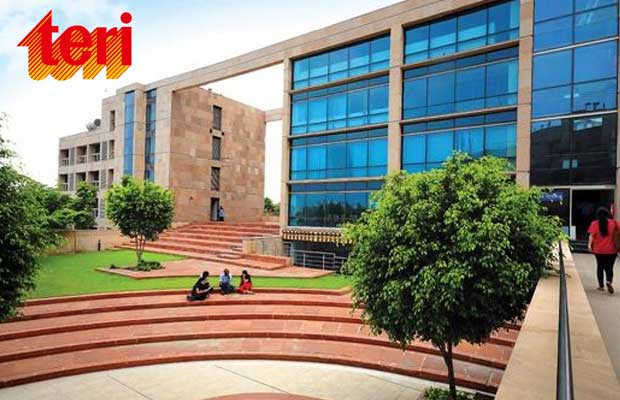

The Energy and Resources Institute (TERI), a leading think tank in energy and environment, has submitted a detailed reference report on ‘National Resource Efficiency Policy for India’ to the Ministry of Environment, & Forests and Climate Change (MoEF&CC), Govt. of India.
The report builds by emphasizing on the need for an Integrated Resource Efficiency Approach. TERI believes this approach is an ideal strategy towards realising the larger goal of a circular economy. It is based on the 6R’s which are Reduce, Reuse, Recycle, Redesign, Remanufacture, and Refurbish; the principle that optimises material consumption at every stage of the value chain.
The report further highlighted that the rate of recycling in India is at 20-25% as compared to developed countries like Europe. And that enhancing resource efficiency and promoting the use of secondary raw materials (SRM) has emerged as a strategy for ensuring that, the potential trade-off between growth and environmental well-being can be minimised. A strategy, which has the potential to stabilise raw material supply for industry, reduce pressures on the ecosystem, and create many green jobs.
[related_post]
The think tank prepared the report as a knowledge partner to the Resource Efficiency Cell at the MoEF&CC. It outlines the framework for fostering resource efficiency in India. MoEF&CC, Secretary, CK Mishra said, “It is essential that resource efficiency is embedded in our development paradigm and we move toward an economy that promotes productive use of resources across value chains in different sectors. This reference document prepared by TERI will be useful towards devising an integrated Resource Efficiency Policy for India.”
“Given its current pattern of material consumption, India may in the near future not have access to virgin resources for driving its economy. It has to move towards a systemic approach towards resource efficiency, so that it needs less virgin material, it has to mine fewer resources, it is able to reduce its heavy dependence on imported scraps (e.g Aluminium) and it recycles and upcycles waste at a much larger scale,” said Ajay Mathur, Director General, TERI.
According to the reference report, by 2025, India would be able to generate more than 15 to 20 million tonnes of steel scrap from the automotive sector, which is more than the current scrap imported by India. Use of 6R principle could take India’s import dependency in steel and aluminium scrap down to zero.
It could also save 21 million tonnes of iron ore, 8.25 million tonnes of import of coking coal, 3.75 million tonnes of limestone, 4.5 million tonnes of slag generation and 31.5 million tonnes of carbon dioxide.
On specific focus areas, the report suggests the following action areas towards implementing a resource efficiency policy: –
Souvik Bhattacharjya, Fellow, TERI, who is among the authors of the report, added, “The absence of lifecycle thinking at the policy level often impedes exploring inter-linkages that can make India utilise resources more efficiently and unlock the associated benefits. An integrated approach that brings together people, technology and processes, and that is facilitated through a suitable policy cutting across materials and sectors will bring in the desired transition towards high resource efficiency.”
Originally posted on saurenergy.com
In a significant move toward advancing green energy and industrial growth in the state, Himachal…
Golabl chemical conglomerate BASF has announced that its now offering the world’s first biomass-balanced polyethersulfone…
In a crucial stint to bolster the biogas sector and sustainable dairying in the country,…
TotalEnergies SE has received approval to proceed with its Middlebrook solar and battery project in…
Andhra Pradesh Chief Minister Chandrababu Naidu has inaugurated the Rs 1,000-crore green hydrogen plant of…
The BITS Pilani has developed an innovative solution for managing landfill leachate, domestic septage, and…